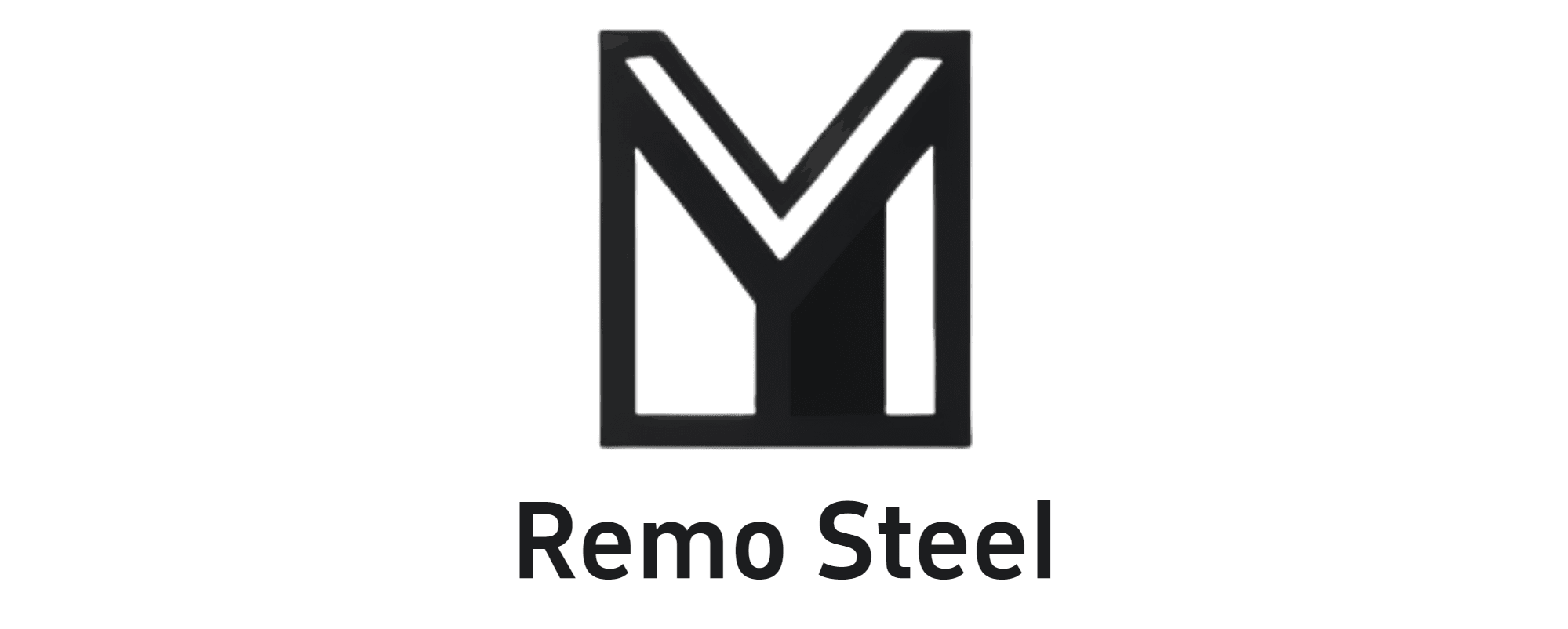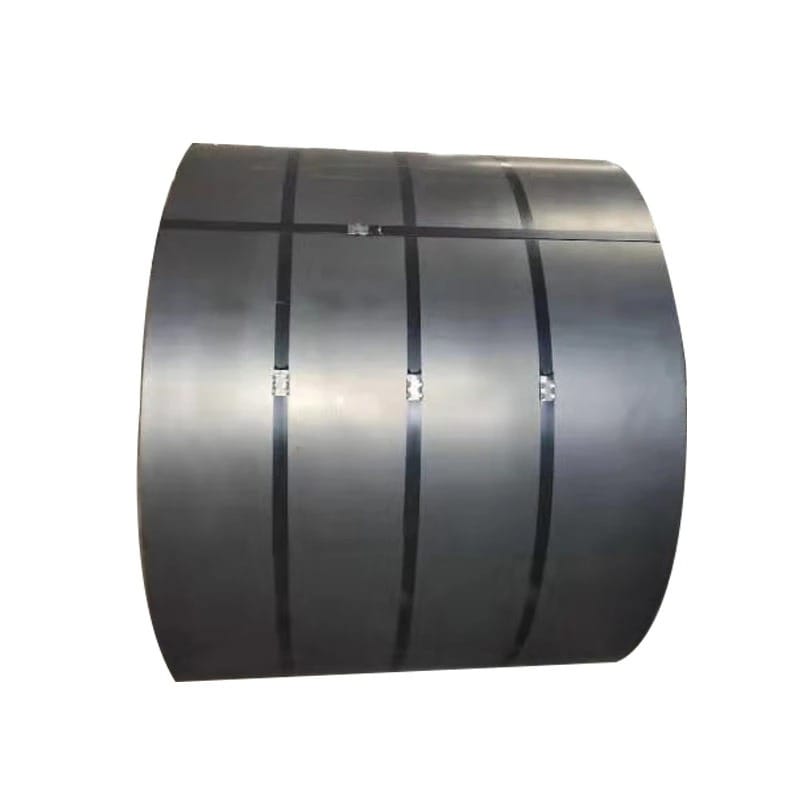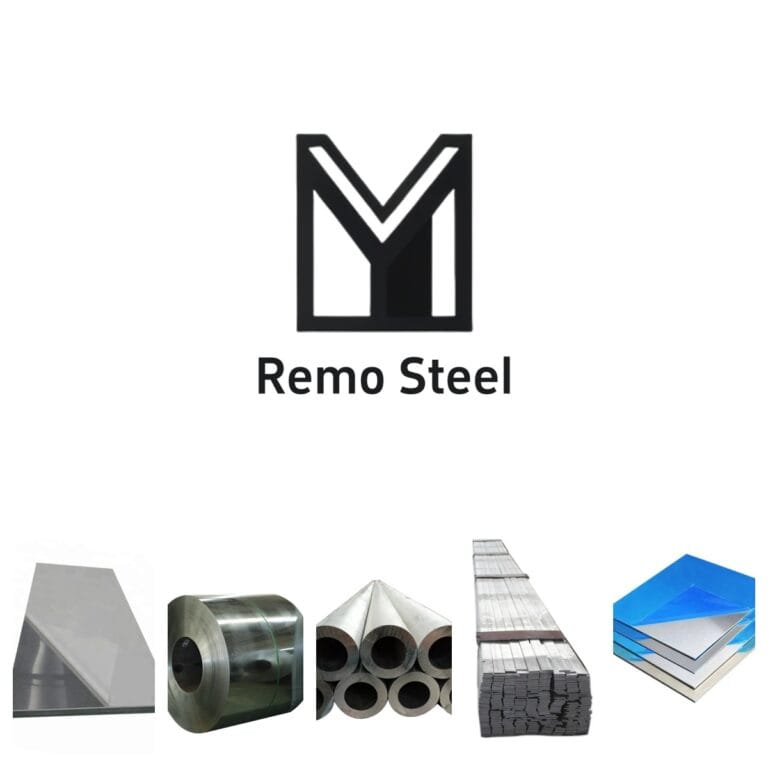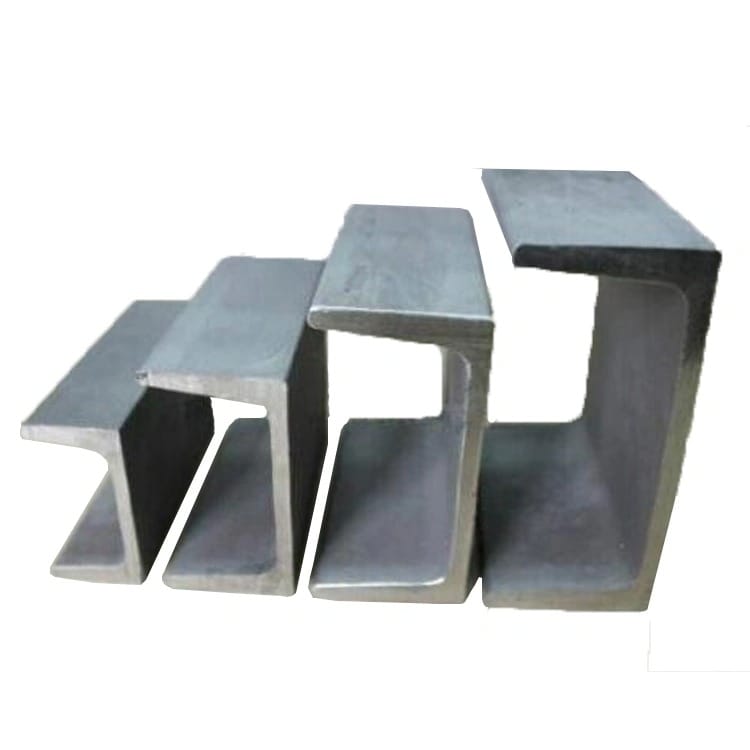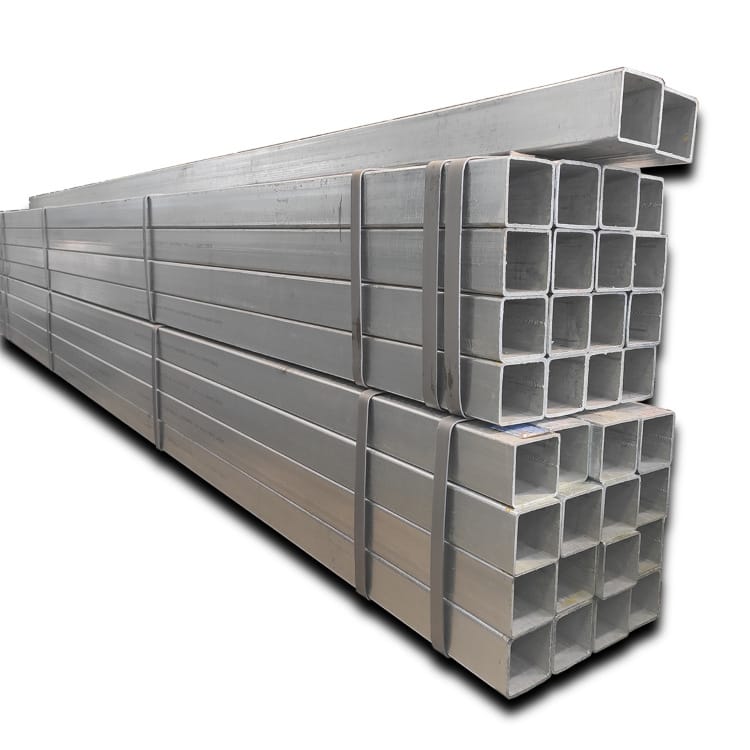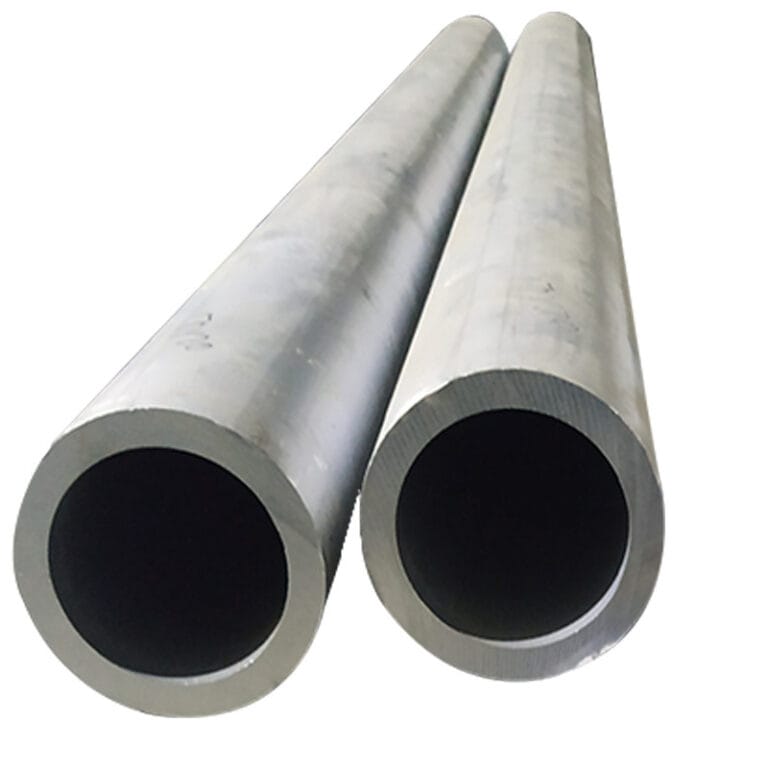Steel price forecast for April
In March 2025, the demand for building materials during the peak season was significantly weaker than in previous years. The average weekly demand for rebar in a small sample only rebounded to 2.45 million tons by the end of March, a significant decline from 2.81 million tons in the same period last year, and once again set a new record low for the same period in history. At the same time, steel production recovered rapidly, exacerbating the mismatch between market supply and demand.
Affected by weak terminal demand and expectations of crude steel production restrictions, the price of raw materials fell more than that of finished products, and steel mills’ profit margins improved. In March, the spot profit of Jiangsu rebar rebounded by 68 yuan/ton to 85 yuan/ton from February. The profit recovery prompted steel mills to accelerate the resumption of production. Mysteel data showed that the average daily output of molten iron at 247 steel mills rebounded to 2.37 million tons at the end of March, an increase of 68,000 tons from the beginning of March.
Under the pressure of supply and demand mismatch, market confidence was frustrated, and the prices of black series generally bottomed out in March: the monthly average spot price of Shanghai rebar* fell by 83 yuan/ton to 3,269 yuan/ton (down 2.5%); the monthly average price of PB powder* in Rizhao Port fell by 34 yuan/ton to 776 yuan/ton (down 4.2%).
Rebar: In March, the rebar market continued the “not prosperous peak season” pattern. At the end of the month, the apparent demand for small sample rebar only rebounded to 2.453 million tons, a year-on-year decrease of 12.5%. Despite weak demand, steel mill inventories have fallen for five consecutive weeks, and the spot profit per ton of steel has stabilized at 88 yuan/ton, supporting steel mills to maintain a high production enthusiasm, and rebar production has continued to rise. Mysteel data shows that the average weekly output of small sample rebars rose to 2.274 million tons at the end of March, exceeding the peak season high of 2.221 million tons in the same period last year. Against the backdrop of high production and limited demand, the total inventory liquidation speed is slow. In March, the average spot price of Shanghai rebar* fell by 83 yuan/ton month-on-month to 3,269 yuan/ton.
Looking forward to April, although the demand for rebar has rebounded marginally, the overall incremental space is limited. It is expected that the average monthly table demand may rebound slightly to 2.5 million tons, with the main growth concentrated in the northern region, with about 100,000 tons of upward space; while the demand in East China and the south has rebounded to the seasonal normal range, and the space for further improvement is limited.
Hot-rolled coil: In March, Vietnam officially imposed anti-dumping duties on Chinese hot-rolled coils, and the market’s expectations for export prospects weakened, driving the price center of hot-rolled coils to continue to move downward. The average monthly price of Shanghai hot-rolled coil* was 3,379 yuan/ton, down 41 yuan from February, the lowest since October 2024.
Faced with an unfavorable policy environment, export companies have actively adjusted their product structure and optimized export channels since March, partially offsetting the impact of anti-dumping. At the same time, the current domestic hot-rolled coil price is at a global low, providing Chinese steel companies with a clear price advantage in competing for orders in the international market. Mysteel’s survey shows that the export order situation has improved since March compared with February, and the hot-rolled coil export volume is expected to remain stable in April, providing certain support for overall demand.
Iron ore: The average monthly price of PB powder* at Qingdao Port in March was 777 yuan/ton, down 33 yuan/ton from January. Affected by the expectation of additional tariffs imposed by the United States at the beginning of the month and rumors of domestic crude steel production restrictions, the market’s bearish sentiment has intensified, and the overall ore price has been running between 765-790 yuan/ton, showing a narrow range of fluctuations.
From a fundamental perspective, although the national iron ore port inventory has been destocked by 3.88 million tons in March, and the molten iron production has also rebounded (it is expected that the national average daily molten iron production in April may reach 2.39 million tons), the trend of port inventory destocking is expected to continue. However, the recovery of steel demand is significantly slower than that of the same period last year. In the context of the high production pressure of finished products not being effectively alleviated, the pressure on steel prices may trigger a phased reduction in production at steel mills, thus exerting downward pressure on mineral prices.
In the short term, the inventory of steel and raw materials in steel mills is at a relatively low level, with a certain passive pressure resistance, and mineral prices are still mainly volatile. However, after entering late April, the contradiction between supply and demand will gradually accumulate, and the pressure to destock steel will intensify. If steel mills start a substantial production reduction cycle, mineral prices may fall below the low level in March.
Based on comprehensive judgment, it is expected that the average monthly price of PB powder* in Qingdao Port in April will drop slightly to 765 yuan/ton, a month-on-month decrease of 12 yuan, and the overall trend of weakening after high-level fluctuations.
